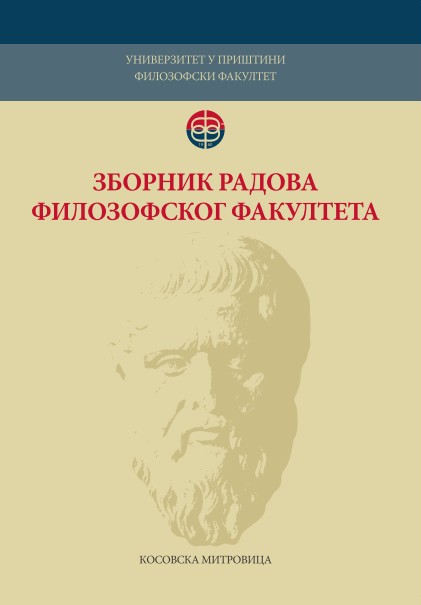О најстаријим елементима српске државности
The oldest elements of the Serbian statehood
Author(s): Đorđe ĐekićSubject(s): Political history, Social history, Ancient World, 6th to 12th Centuries
Published by: Филозофски факултет, Универзитет у Приштини
Keywords: immigration of Serbs; animal herding; wolf cult; territory as an element of statehood; second-born principle
Summary/Abstract: Starting from the Constantine VII Porphyrogenitus’ work De Administrando Imperio, where he wrote that after the death of a Serbian archon, the rule over the people was shared between his two sons, it is assumed that the Serbs were then a nomadic, animal herding people, not farmers, so that they lacked a territory as the third element of statehood. The assumption is backed by the fact that the mythical Serbian ancestor was the wolf, which was possible only if they were animal herders and not farmers. From their ancient homeland to Thessaloniki, Serbs covered a vast distance, which was also possible only if they were nomads. Since they did not like the lands around Thessaloniki, they came all the way to Belgrade, a distance of more than 600 kilometres, which was also possible only if they were a nomadic people and not farmers. Granted by Heraclius, the Serbs settled in the western Balkans and as they could not continue their nomadic way of life due to the geography of the region, they had to settle there permanently, which made them turn to farming. This way, the Serbian states obtained the third element of statehood – a territory. Furthermore, by the mid-9th century, the state ceased to be divided by the number of sons, and one son was now a supreme ruler, whilst the others were his subjects. A principle of the second-born was established.
Journal: Зборник радова Филозофског факултета у Приштини
- Issue Year: 47/2017
- Issue No: 2
- Page Range: 213-223
- Page Count: 11
- Language: Serbian

